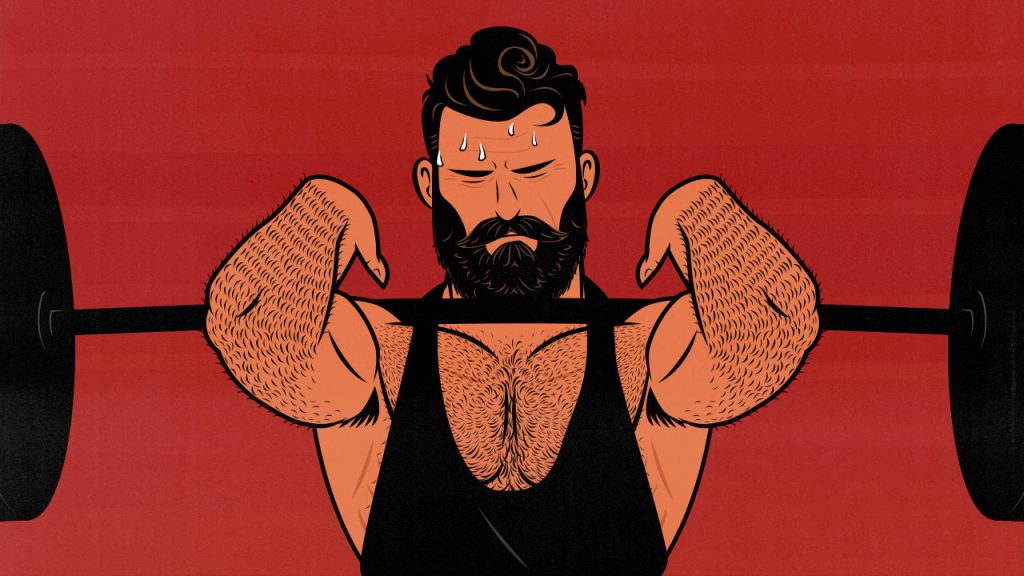
What Does PR Mean in the Gym?
In gym lingo, “PR” stands for personal record. Getting PRs means your workout routine is working, that you’re adapting, and that you’re growing gradually bigger, stronger, or fitter. They’re important enough that we’ve named our website after them.
If you’re lifting weights, a PR is when you outlift yourself. Usually, it’s the heaviest weight you’ve ever lifted or the most reps you’ve ever gotten. For example, bench pressing 225 pounds for the first time is a PR. Doing 20 push-ups in a row for the first time is another PR.
PRs are similar when doing cardio. If you’re running, then you can set a new PR whenever you run further or faster (or with a lower heart rate) than ever before. The first time you run a 5k without needing a break, that’s a PR. The first time you run a 10k in less than an hour, that’s another PR. When you can run 10k without your heart rate passing 145 bpm, that’s another PR.
As a beginner, you should be getting a new PR almost every workout. As you get better, you’ll need to fight harder to keep adapting, and the PRs won’t come as easily or as frequently. Mind you, the PRs you do get will be much more impressive.
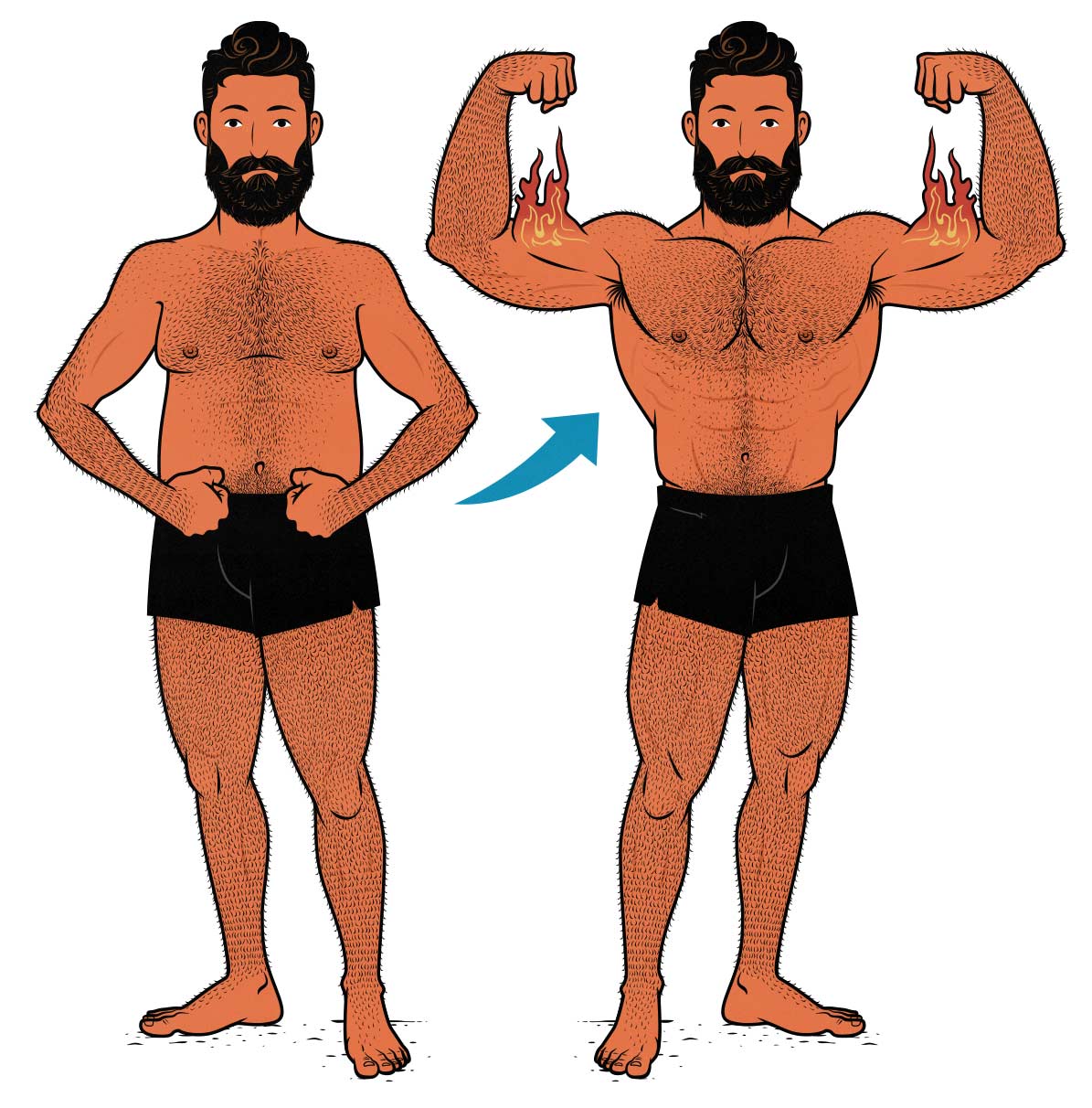
Setting & Breaking PRs as a Beginner
When you’re a beginner, you can strive for PRs every single time you go to the gym. It’s the simplest form of progressive overload. That might mean lifting more weight, getting more reps, using a deeper range of motion, or doing more advanced progressions. Let’s go over a few examples.
Setting PRs on push-ups:
- Do more total reps. Let’s say your workout routine has you doing 3 sets of push-ups. If you get 10 push-ups in your first set, 9 in your second, and 8 in your third, that’s 27 total push-ups. Next workout, try to get 28. That’s a PR.
- Progress to more advanced variations. Maybe you start doing push-ups with your hands raised on a bench. When you can do 15–20 reps, switch to doing push-ups on the floor. When you can do 20 push-ups on the floor, switch to deficit push-ups or dips.
- Add weight. It can be difficult to add weight to push-ups, but once you get to dips, you can hold a dumbbell between your legs, use a weighted vest, or wear a dip belt.
PRs on the bench press:
- Add weight. One of the main advantages of dumbbells and barbells is that it’s easy to gradually add weight. You might be able to spend a few months adding 5 pounds to your bench press almost every workout.
- Do more total reps. Just like with push-ups, try to get more reps across your sets. If your workout program has you doing sets of 10 repetitions, maybe you stick with the same weight until you can get 10 reps in the final set.
PRs on the squat:
- Adding depth. A deep squat is when your thighs press into your calves at the bottom of the range of motion. Most people can’t squat that deep right away. It takes a few weeks or even months of practice to develop that mobility. So, before you worry too much about adding extra weight, try to unlock those extra inches. (Starting with goblet squats and front squats makes that easier.)
- Add weight.
- Do more reps.
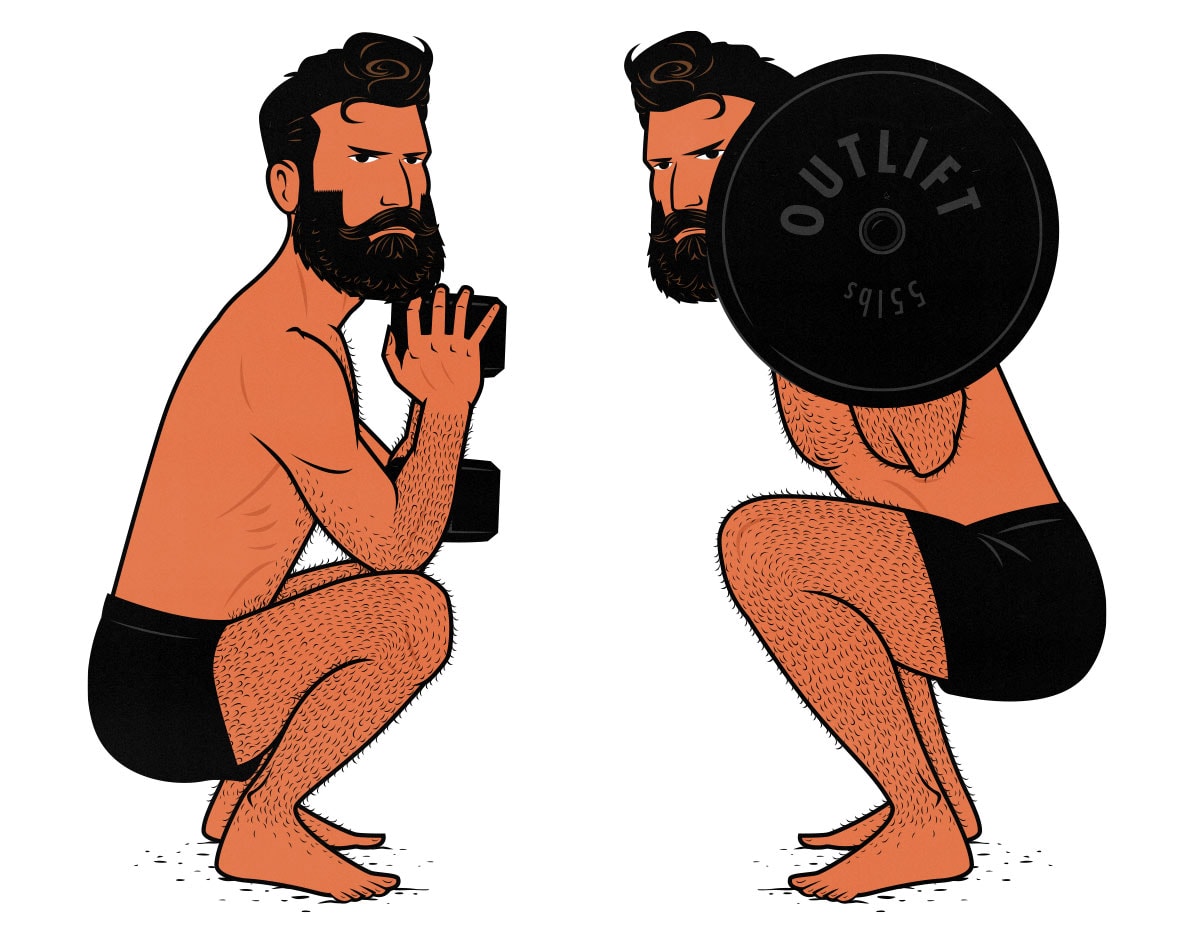
What to Do When You Stop Making Progress
When you stop breaking PRs in the gym, it’s called a “plateau.” It means that what you’re doing is enough to maintain your results but has stopped being enough to provoke new adaptations. That isn’t always a problem. If you’re happy with your results, it’s perfectly fine to maintain them. But if you want to keep improving, you need to figure out what’s holding you back.
When you have trouble making some sort of progress every workout, the first thing to check is your diet. Are you eating enough food to support muscle growth? At a certain point, you’ll need to gain weight to continue gaining muscle and strength. This is called bulking. It’s especially important if you’re thin or lean.
If you’re eating an abundant diet (or if you’ve got an ample belly), there are a few more things to check:
- Are you pushing yourself hard enough? Try taking some of your sets to failure. See how hard you’ve really been pushing yourself. If you’re lifting a comfortable amount of weight, your body won’t see much need to continue adapting.
- Are you doing enough work? Try doing more of the exercise you’re trying to improve at. Maybe that means going from 3 to 4 sets of bench presses per workout. Or if you’ve been benching twice per week, try benching thrice per week.
- Are you getting enough sleep? It helps to have a consistent bed time and get around 7–9 hours of sleep almost every night.
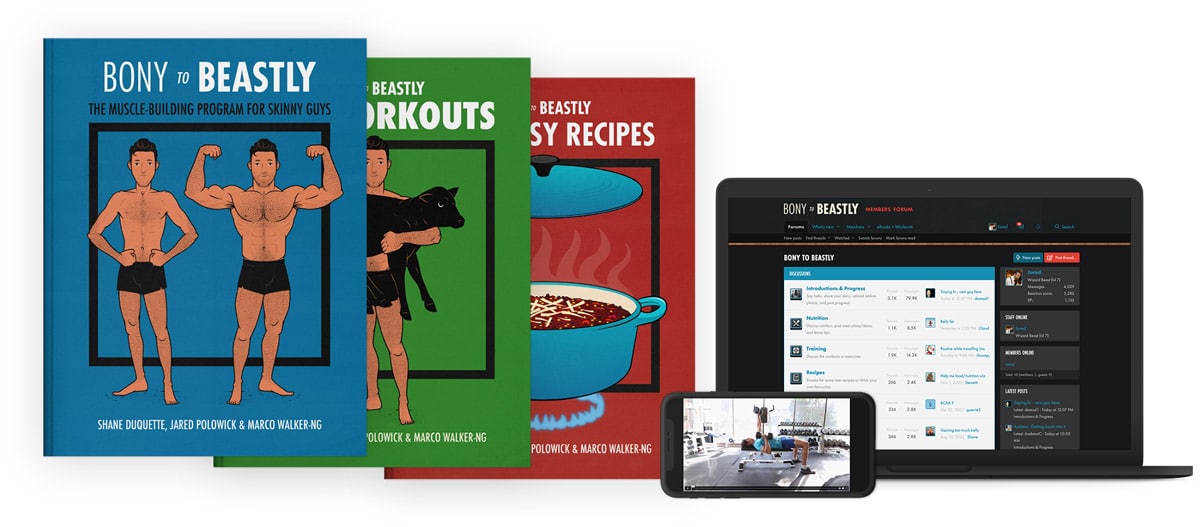
If you want help with any of this, I think you’d really like our Bony to Beastly Program (for men) or Bony to Bombshell Program (for women). They’re full muscle-building courses. We’ll teach you every exercise, give you a full workout routine, show you how to eat a nutritious muscle-building diet, and arm you with a book full of recipes you can use.
We’ll also give you personal support as you go through the program, helping you track your progress and make adjustments. That’s how we can fully guarantee your results.
Breaking PRs as an Intermediate Lifter
Setting PRs as an intermediate lifter is more difficult. Your body won’t adapt as readily. You’ll need to fight harder for every adaptation. You’ll need to get wiser with your workout routines. I think you’d really like this article about how to get bigger and stronger with the big compound exercises.
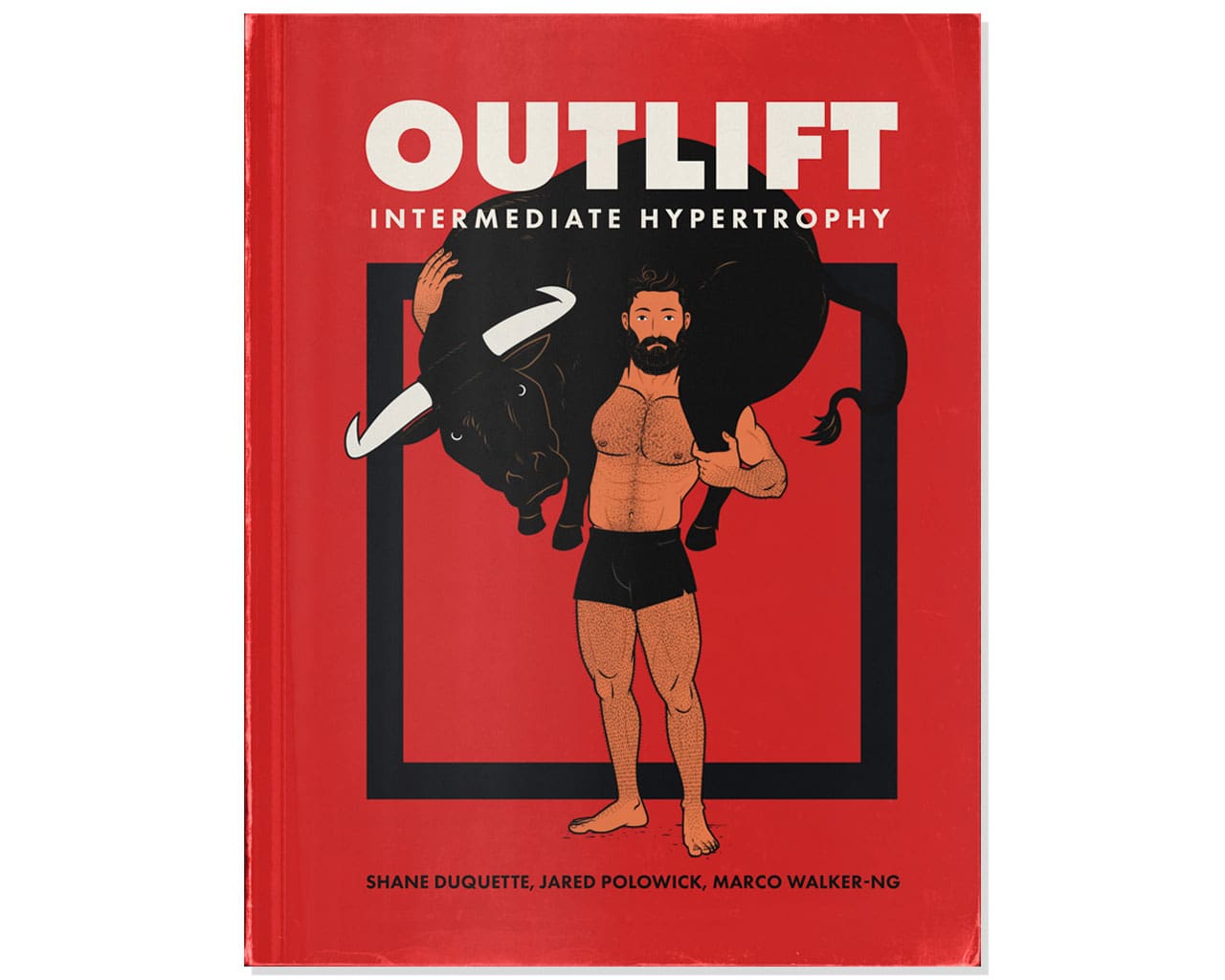
You’d probably also like our Outlift Intermediate Hypertrophy Program. It’s specifically designed to help intermediate lifters overcome plateaus and steadily set new PRs in the gym. You’ll grow bigger, stronger, and fitter, guaranteed (with an unconditional refund policy).



